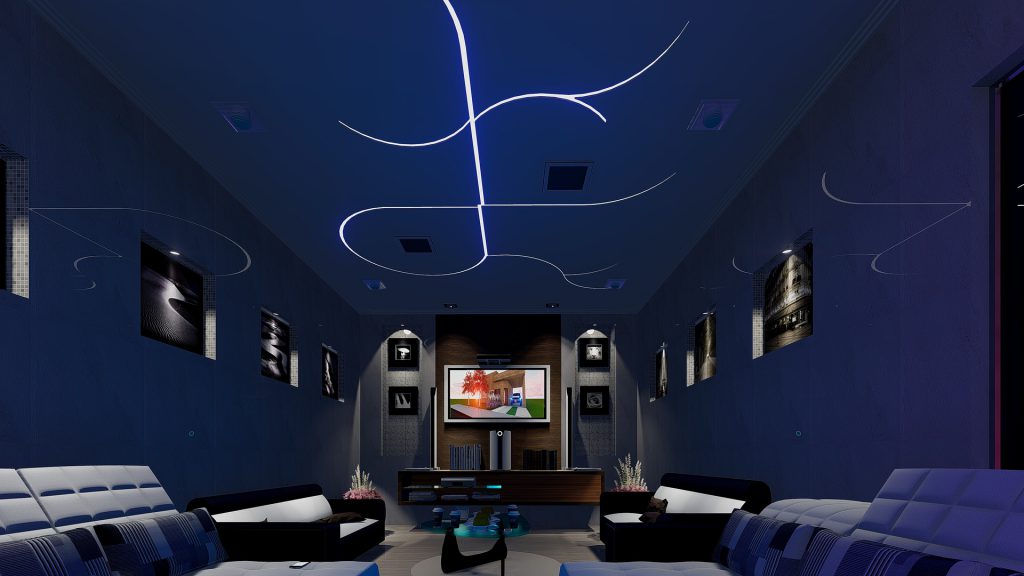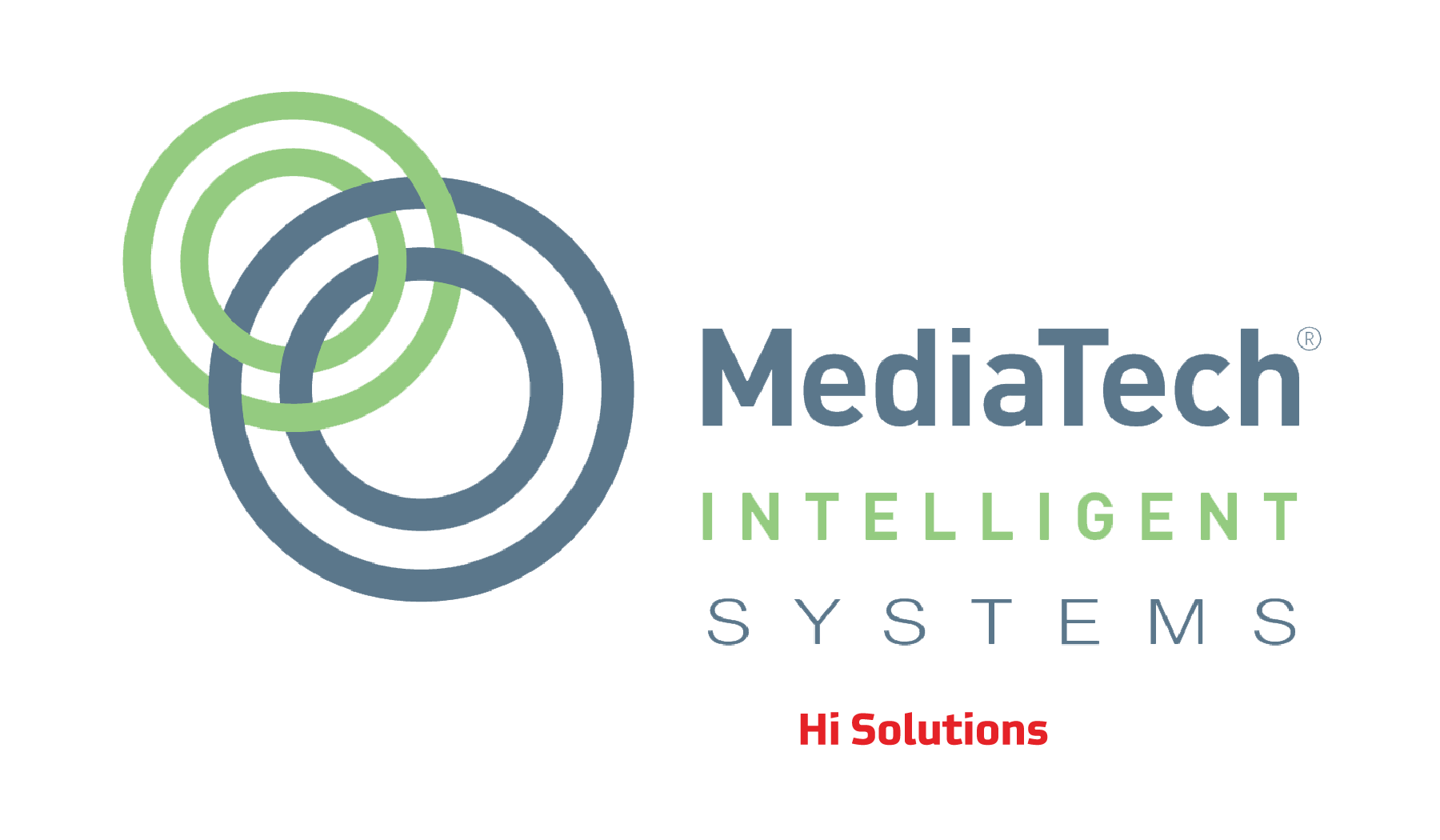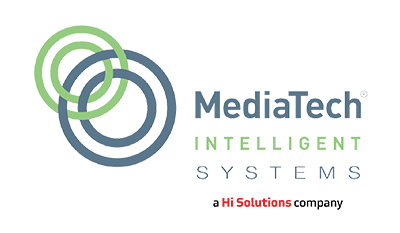
LED lighting has saved countless households, businesses, and cities an immense amount of money versus incandescent lighting. They use a fraction of the energy, up to 90% less to be exact, thus greatly reducing power costs across the board.
While LED lighting has many pros when it comes to cost and efficiency, they also have been receiving some heavy flack for some of their drawbacks.
We’re taking a look at the good, bad, and the ugly of LED lighting to give you a good overview of this tiny powerhouse of energy.
The Good of LED Lighting
As mentioned above, LED lighting has been an incredible cost minimizer when it comes to utilities, and as technology has continued to advance, so have the capabilities of LED lighting.
LED lighting has an exceptionally longer lifespan as opposed to incandescent lighting. Longer lifespan and lower costs help contribute to fewer maintenance bills as well.
Another wonderful advancement in LED lighting is that LEDs can be tuned to emit particular wavelengths. This allows lighting systems to be designed in a way that produces cool light while still minimizing the specific wavelengths that affect sleep cycles.
LED lights offer cool lighting, which is far brighter than warm light. What does this mean for consumers? You can dim your lights at night to save even more on energy costs without forgoing your ability to enjoy a well-lit room.
The Bad of LED Lighting
While there are obvious pros to LED lighting, there have been documented drawbacks as well.
Those same wavelengths that produce the more energy efficient, brighter cool light are heavier on blue light – the same “blue light” that emits from tablets, computers, and smartphones and is known to cause problems for users.
Issues surrounding blue light involve a person’s circadian rhythm being adversely affected. Our circadian rhythm is a natural cycle that tells our bodies when it’s time to sleep. Blue light is similar to the natural life of midday. When our body senses this type of light, it’s natural reaction is to be awake and alert. Nighttime exposure to blue light can lead to sleep disorders, so making a point to turn your devices off and your lighting down prior to sleep is important.
The Ugly of LED Lighting
In 2019, a report from the French Agency for Food, Environmental and Occupational Health and Safety (ANSES) warned of the “phototoxic effects” of blue light exposure. They specifically mentioned an increased risk for macular degeneration, stating that exposure to blue light can cause permanent damage to your retinas.
Even more shocking still were their findings that blue light blocking glasses and filters may not actually protect your eyes against the harmful effects of blue light transmitted by LED lighting.
However, it’s important to note that there hasn’t been a formal recommendation for people to stop using LED lighting. So while further testing is done, it’s probably a good idea to limit your exposure as much as possible.
Looking for an expert to install a LED lighting system customized to your preferences? Give MediaTech a call today at 630-444-0011.

